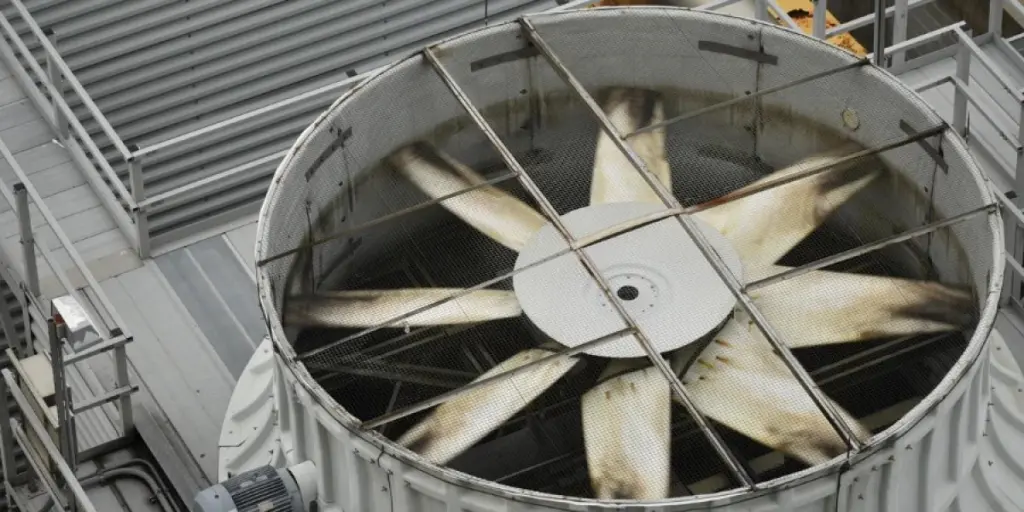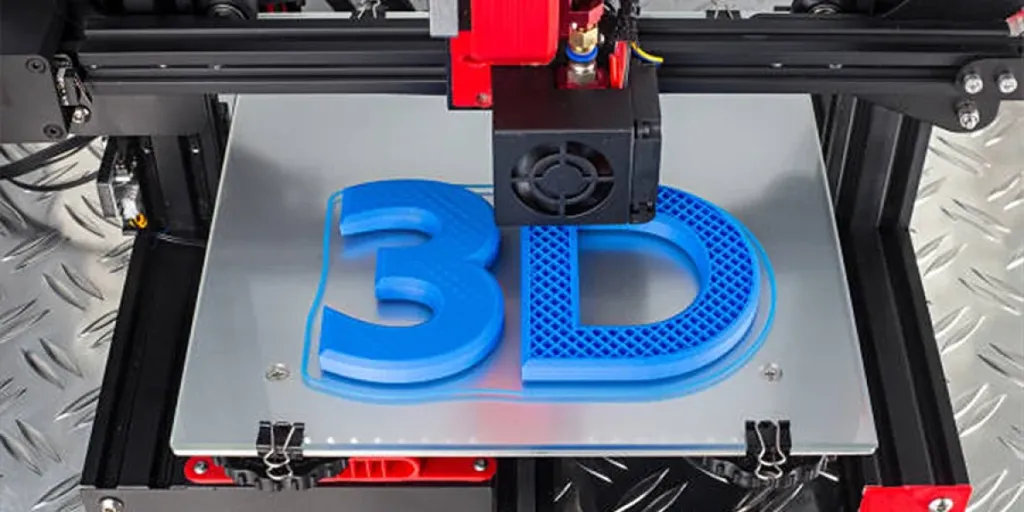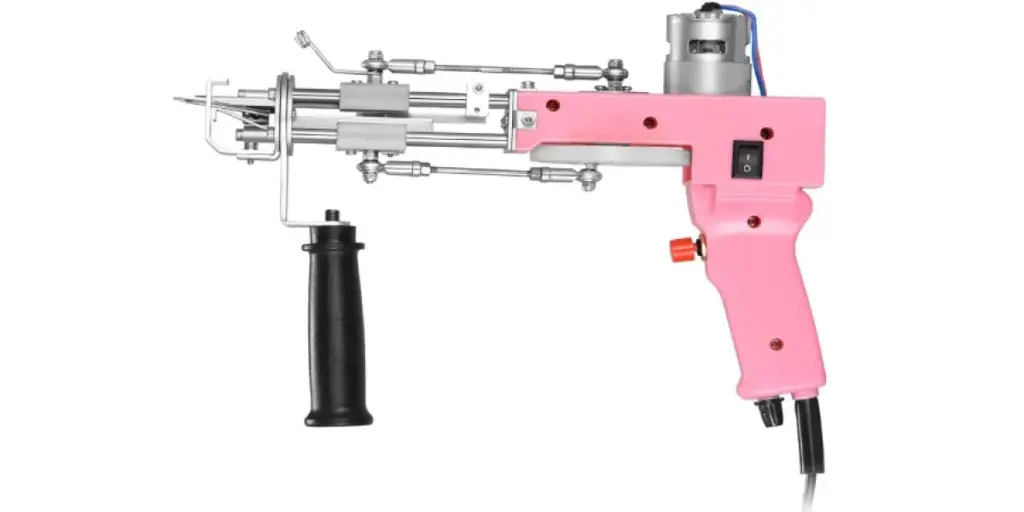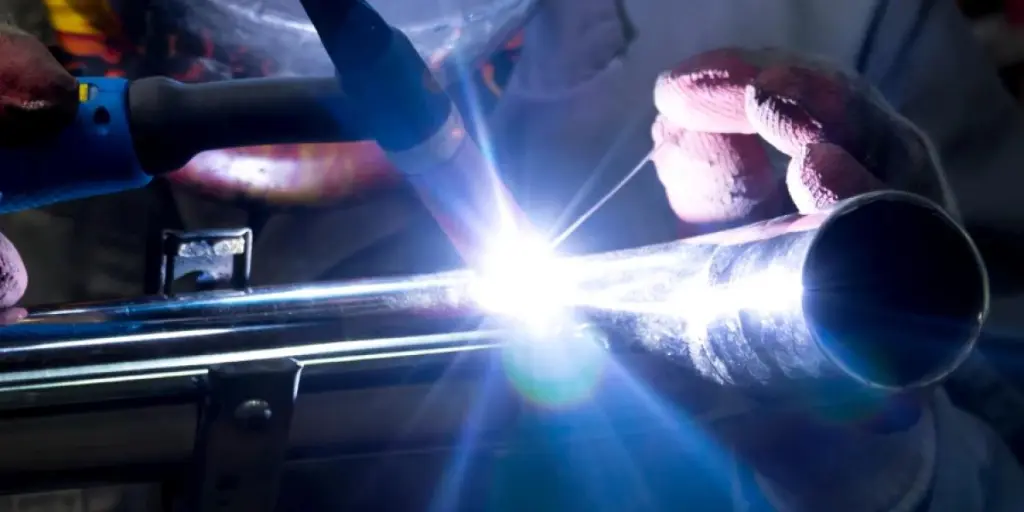Various industries rely on blowers, including construction, mining, food factories, automotive, heating, and ventilation industries. Since they are used for various applications, their functions, types, and features differ significantly.
Because of this, businesses looking for blowers can have difficulty knowing which ones to acquire. Choosing the best machine should not be daunting. To simplify the task, this article will discuss the factors to consider before choosing a blower. It will also look at the types of blowers for different applications to guide buyers on which specs are right for them.
Table of Contents
Global blower market overview
6 selection tips for blowers
Types of blowers
Conclusion
Global blower market overview
The blower industry’s market size was US$ 3.5 billion in 2022. Its value is estimated to reach US $4.3 billion in 2027, growing at a compound annual growth rate (CAGR) of 4.3%.
Among the factors influencing an upward projection in the blower market size is automation’s emergence in modern industrialization. Industries are investing heavily in equipment such as blowers to boost the efficiency of their automated operations.
Demand for energy-efficient models contributes to the huge blower market size. Therefore, it creates an opportunity for manufacturers to develop more equipment to keep up with the rising demand.
6 selection tips for blowers
Application requirements
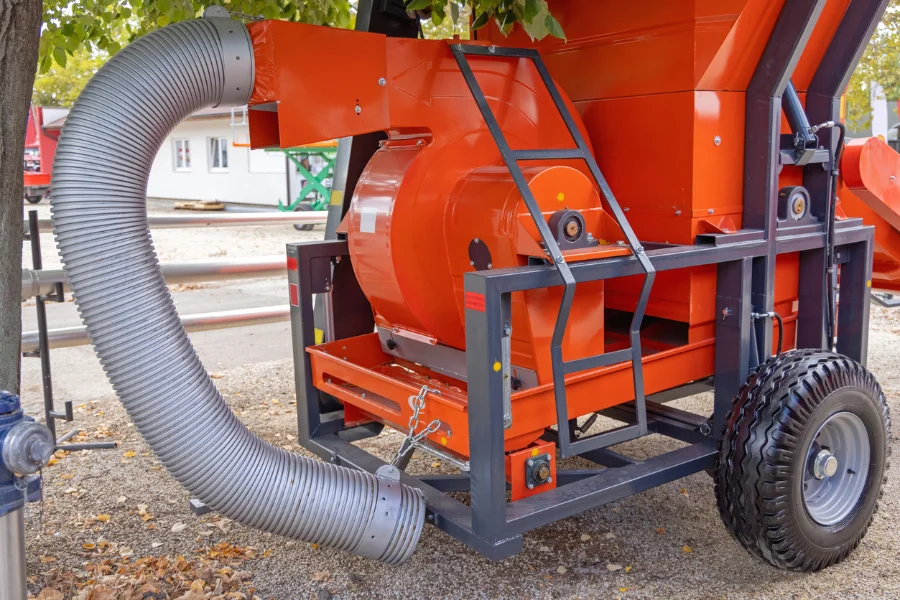
Because of their wide use, businesses must consider the application requirements before picking a model. Factors such as space availability, air pressure requirements, and operating environment should guide buyers in selecting an appropriate blower.
When considering the size of blowers, they should acquire a blower that fits within the space available for installation. A good example provides enough clearance for operation, ventilation, repair, and maintenance. A suitable blower should also allow placement in an area without becoming an obstacle for other operations.
Air pressure requirements are important for blowers to deliver optimal performance. Buyers should acquire a blower compatible with their application’s static pressure loss, air flow rate, pressure drop, pressure input, and output capacity requirements.
Considering the operational environment ensures that the blower performs well and lasts long. The key factors to consider include temperature, humidity, noise, vibration, and altitude. Consumers should look for blowers that handle mild and extreme working conditions without compromising performance.
Type of blower

Considering the blower type is essential for businesses searching for a reliable model. In the market, different types exist. Popular types of industrial blowers include radial and centrifugal blowers. They are designed to operate on different applications, environments, and spaces. They are also capable of delivering different performance outputs.
Therefore, buyers need to research the types of blowers that work well in their industry. They should then compare the features of each blower. The different features can also include the blade types and orientation, which are vital to ensure the best results.
Here are some type of blowers:
- Positive displacement industrial blowers – These types of blowers use positive displacement to move gas or air.
- Centrifugal blowers – They use centrifugal force to move air and are typically more efficient than other blowers.
- Regenerative blowers – These blowers create high-pressure air flow using a unique impeller design.
Power consumption
When buying blowers, buyers should keep in mind power consumption, and should always look for energy-efficient options. Purchasing blowers that are low in energy consumption reduces power and operational costs. This is possible by checking the power rating and ensuring it is compatible with your application.
Buyers should also be keen on load management when noting the power consumption levels. This applies to industries using multiple blowers at once. Buyers should purchase blowers that can be configured to work together while saving on energy.
Output air pressure
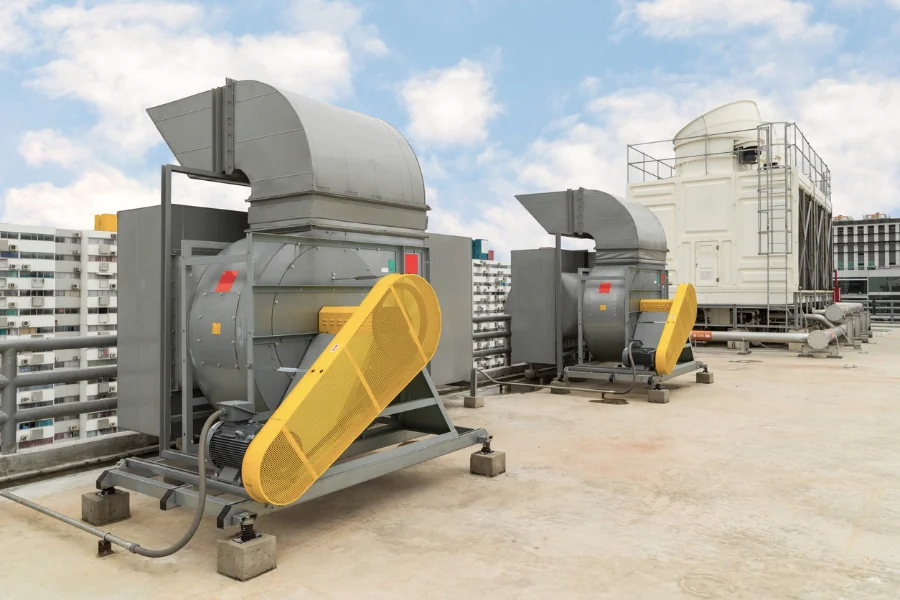
The output air pressure affects the blower’s performance and the ability to meet the requirements of the relevant application. Buyers should get a blower that produces the right air pressure that suits its use.
Considering the blower’s output pressure is also crucial, as industries can save on energy costs by acquiring an efficient blower.
Additionally, considering the output pressure is crucial for compatibility reasons. The blower’s pressure output should be compatible with the air delivery systems and any other components installed with the system, such as the filters, silencers, and ductwork.
Maintenance and repairs
Blowers may be exposed to slight conditions such as noise and vibrations. Other extreme conditions, such as the cruel climate, high heat, and other external factors, can damage the machine.
Businesses should therefore acquire one that requires little maintenance and repairs. A device with little repairs and maintenance will eventually help minimize the equipment’s costs.
Also, the components that require replacement should be readily available in case of a blower malfunction.
Noise and vibration
Since blowers are regular machines, they may produce noise and vibrations. The noises and vibrations can either be internal or external. These elements may affect the efficiency and sturdiness of the blowers.
Before making a purchase, performing research on the level of noise and vibrations that different makes and models produce is essential. Therefore, the most suitable blowers are those with the least noise and can tolerate a lot of vibration.
Types of blowers
Positive displacement industrial blowers
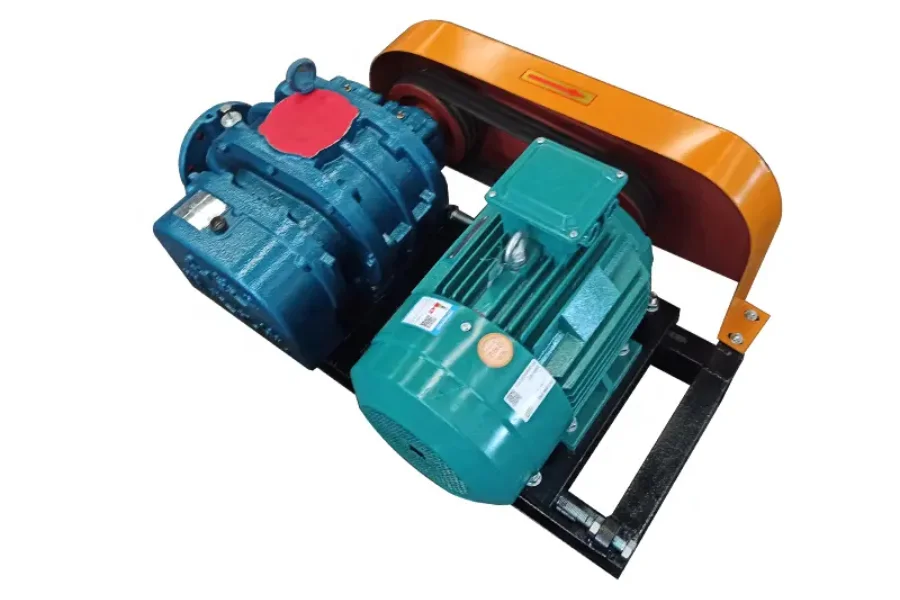
Positive displacement blowers are types of blowers that compress air or gas to move it from one place to another. These blowers work by trapping a fixed volume of air or gas and then reducing the volume of the trapped air or gas, resulting in increased pressure and flow of air/gas.
Pros
- They have a high-pressure output, hence, suitable for high-pressure applications.
- Their flow rate is consistent.
- The machines produce low noise levels.
- They can handle clean and dirty air/gas streams
Cons
- Their pressure flow rate is limited.
- The initial cost can be high.
- The blowers require high maintenance.
- Increasing their pressure reduces their efficiency.
- They can be relatively large and heavy.
Centrifugal blowers
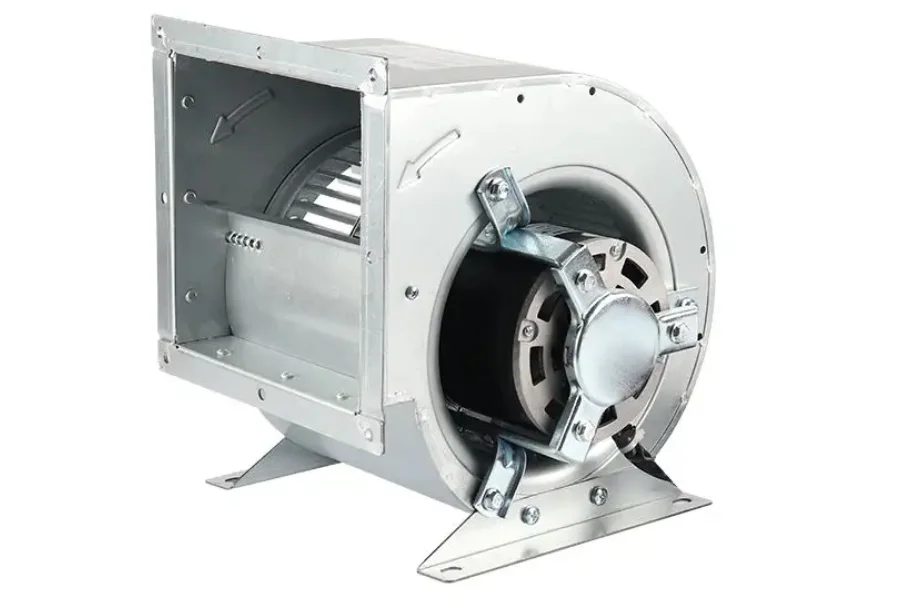
Centrifugal blowers use a rotating impeller to generate air or gas flow. The impeller’s rotation creates a centrifugal force that draws air or gas into the center of the impeller and then pushes it out radially through the outlet.
Pros
- The blowers have a high flow rate.
- They operate efficiently.
- The initial cost of acquisition is low.
- They require relatively low maintenance.
- They feature a lightweight and compact design.
Cons
- They have a limited pressure output.
- Increasing their pressure leads to decreased efficiency.
- Compared to positive displacement blowers, they have higher noise levels.
- They are less suitable for high-pressure applications.
- They can be more sensitive to air/gas contamination.
Multistage centrifugal blowers

These types of centrifugal blowers utilize multiple stages of impellers to increase the pressure of the air or gas being moved. In each stage, the air or gas is accelerated by the rotation of the impeller, increasing the velocity of the flow and, ultimately, the pressure.
Pros
- They have a high-pressure output and flow rate.
- The blowers have efficient operation.
- The initial cost of acquisition is low.
- They have relatively low maintenance.
Cons
- They generate higher noise levels than positive displacement blowers.
- Their design is more complex compared to single-stage centrifugal blowers.
- They require high maintenance.
- Compared to single-stage centrifugal blowers, their initial cost is higher.
- They are more sensitive to air/gas contamination.
Regenerative blower
Regenerative blowers use a series of impellers (rotary components with fan blades) to compress air or gas and move it from one location to another.

The impellers are arranged uniquely, with each stage compressing the air or gas and then passing it on to the next stage, where the process is repeated. The design of the impellers is such that the air or gas is compressed and then re-accelerated as it passes from one stage to the next, resulting in a high flow rate and a relatively high-pressure output.
Regenerative blowers are used in various applications, such as vacuum, air conveyance, and pneumatic material handling systems.
Pros
- They have a High flow rate and pressure output.
- They have low noise levels.
- They have an efficient operation.
- They have low maintenance requirements.
Cons
- They have a high initial cost
- They have a complex design.
- The blowers are limited to some applications.
- They require specialized skills for their maintenance.
- They are highly sensitive to contaminated gas or air.
Conclusion
Buying a blower is an important decision for any business. It is important to consider the right factors to ensure the right model is purchased. This guide has therefore provided a list of the crucial points to consider when selecting a blower, as well as highlighting the different types of blowers available on the market and their respective pros and cons. To learn more, or to browse the types of blowers available for purchase, visit Alibaba.com.
